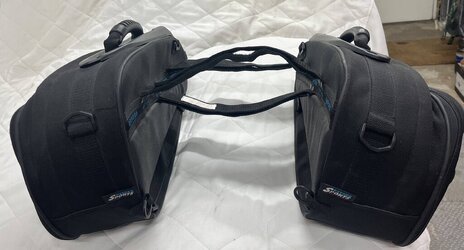Q considers the accelerator pump as well. These carbs were used on just about every dirtbike before FI arrived. Fiddling with the timing and volume of the squit filled thousands of threads back then. Bog happened with too much, not enough or at the wrong time. Volume was fixed by changing something called the leak jet but no one stocked them so drilling was the only option. The bigger the jet resulted in less volume, for example, my TE 250 Husky required a 70-leak jet from the std 35. The equivalent drill to use was a number drill equal to 0.75mm and the only chuck small enough to use it was my Dramil. That reduced the squirt volume a lot and helped with too much volume overwhelming the spark. Another mod was adding a small O ring around the pump actuating arm to keep it hard together to avoid float with hard applications. Lots of this was found by videoing the squirt and analysing the squirt timing by frames of video per second. Another really helpful mod are gadgets called Power Nows. There a bolt-on horizontal blade across the middle of the carb mouth in its middle. They divide the flow into 2 streams convincing the carb, I know that's Anthamorphic, to function at small throtal openings like a much smaller carb. Contraversal as it couldn't be measured on a dino but you could feel its effect on acceleration. Lastly, a bloke made in the USA made a model-specific kit, DJ needle kit, with triple taper needles, 2 needles and a dino-rated chart for temperature and altitude changes so you could set the needles and needle clips to suit.
Powerblade for Keihin FCR (MX) carburetors. The powerblade slices the carburetor venturi into 2 smaller venturi's, increasing the air speed. This results in more torque, better throttle response and increased low-end power.
www.ebay.com.au










